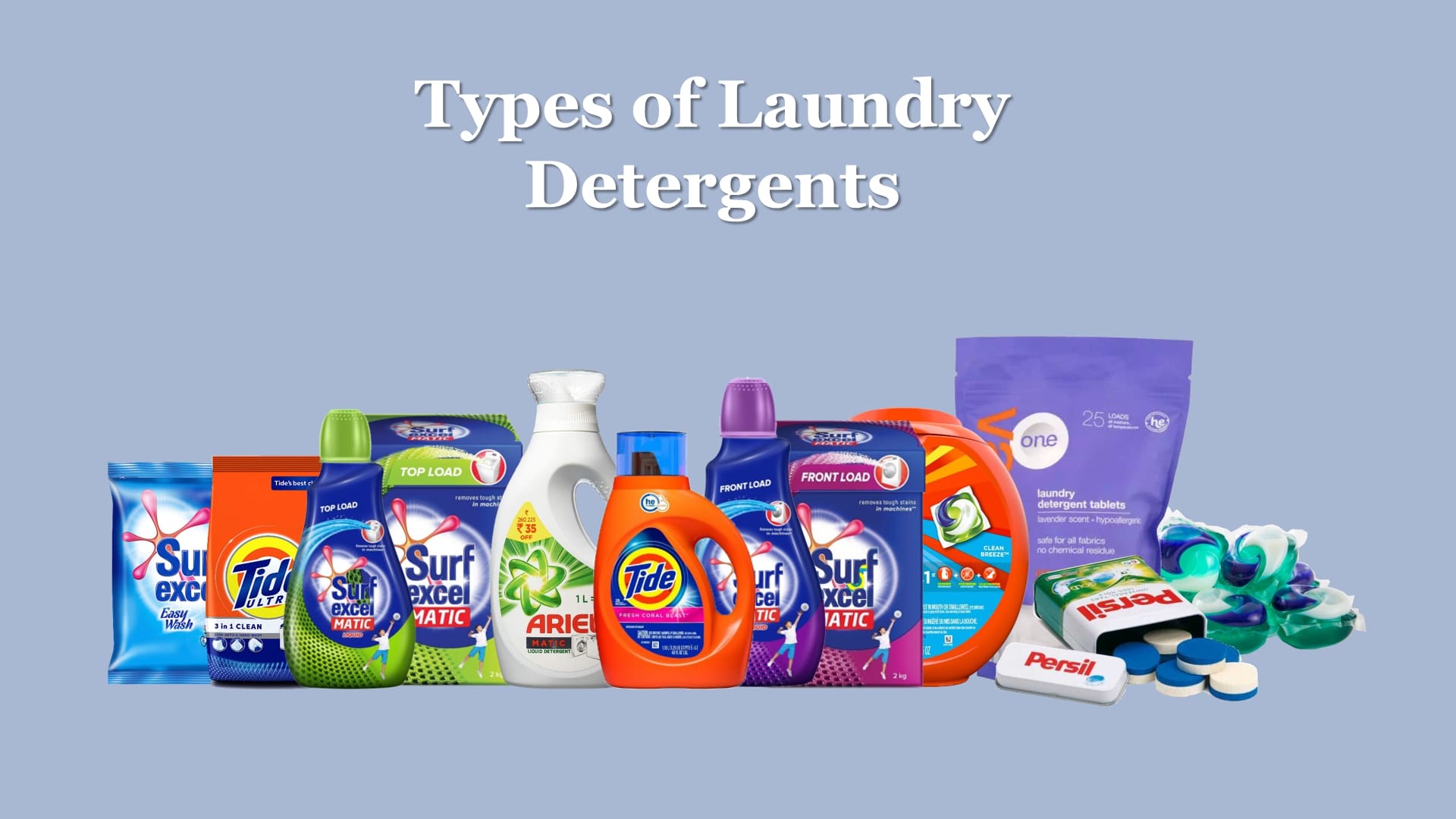
Want to get rid of stains on your clothes or utensils? Detergents are the key. We need detergents for various purposes like laundry, dishwasher, and several other cleaning purposes for our homes. In this article, we will be discussing the different types of laundry detergents based on different parameters. But first, let’s go through a little bit about the detergents themselves.
Definition, Composition, and Function of Detergents
Detergent, in simple terms, is a cleansing agent or rather a cleansing substance. It is a chemical that comes either in the form of liquid, powder, or bar, used to get rid of dirt and stains from clothes and dishes. This substance is quite similar to soap or to say, it is an advanced edition of soap.
Detergents are surfactants that greatly reduce the surface tension of water when used in very low concentrations.
According to ScienceDirect
Detergents are manufactured through numerous synthetic processes. The main ingredient used in their manufacture is propylene, which is a by-product of petrochemical factories. As it is synthetically produced, it is not biodegradable like soap.
Detergents can remove dirt and stain from clothes and dishes, more effectively but, are not suitable for use on the skin. Washing powders are not environmentally friendly. They can trigger skin diseases and other varieties of ailments in some cases.
In comparison to soaps, detergents have a unique chemical formula that can create more bubbles which in turn, catches and removes dirt and stain.
Types of Laundry Detergents based on Structure
Detergents have a similar structure to soap and like soap anions, synthetic detergent molecules have a hydrophobic (water-hating region) and a hydrophilic (water-loving region) end. This let them bind with both grease and water.

However, due to its synthetic nature, unlike soap, the anion does not form an insoluble precipitate with magnesium or calcium ions which means the detergents can work in hard water.
Not all synthetic detergents are anionic, we have other types as well. In technical terms, detergents are of four types including, anionic, cationic, non-ionic, Amphoteric, or zwitterionic, and a mixture of anionic and non-ionic classes.
Anionic Detergents
Anionic detergent has a negative charge head also known as an anion and it does the work. The negatively charged end is usually a sulfate group. They work effectively in the removal of oily stains, dirt, and clay from materials including cotton and linen.

The powder form or cake form of detergents belongs to the anionic class. These types of detergents are used in dishwashing liquids and powders, hand soaps or liquid soaps, toothpaste, and laundry detergent.
They work well for cleaning things that absorb a lot of water, particularly things like cotton. These are useful and generate lots of suds, bubbles, or foam. For better results, you can even use warm water instead of hard water while using these detergents.
Cationic Detergents
Cationic detergents have a positively charged head that allows them to bind with the grease in the same way as the anionic one but it binds just the opposite end of the water molecule because of its positive charge.

The positively charged end is usually an ammonium salt. These detergents are used for slightly different purposes than anionic detergents because they’ve been constructed differently.
Cationic detergents are mildly antiseptic and tend to kill some bacteria. Its positively charged head stick to the slightly negatively charged (acquire over time) surfaces of glass and fabrics and form a waxy coating.
This is not good for glass and crockery, as it makes them slippery. However, it’s good for fabrics and hair as it tends to make them feel a little bit softer. So, these detergents are mainly used in fabric softeners, hair conditioners, nappy washes, domestic disinfectants, etc.
Non-ionic Detergents
A nonionic detergent does not have a charge on its hydrophilic(water-loving) head group and is, therefore, milder. These detergents consist of an oxygen atom joining two long nonpolar groups. Oxygen atoms form hydrogen bonds with water molecules, and the nonpolar groups bind to grease. This means that the detergent can clean objects without ionizing them.

Detergents in the form of liquid come under the non-ionic class. These detergents can easily emulsify oils, making them a great player in removing grease and oils from soiled surfaces.
Non-ionic detergents do not lather very much simply because they’re charged less. This makes them useful for dishwashers and front-loading washing machines. It can also be added to other detergents to reduce the amount of suds.
Non-ionic detergents are not as irritating as other detergents and require less water because of less charged. They work effectively in cleaning synthetic and woolen fabrics. It is used in front-loading detergents, dishwashing fluid, car shampoos, paints, and cosmetics. For better results, it is advised to use hard water.
Amphoteric or Zwitterionic Detergents
Amphoteric are zwitterionic that contain both a positive and a negative charge heads on their polar head-group, thereby making the overall net charge zero. They have characteristics of both ionic and non-ionic types and are considered to be intermediate between ionic and non-ionic detergents.

Like ionic detergents (cationic or anionic), they are efficient at breaking protein-protein interactions. However, like non-ionic detergents, it doesn’t have a net charge. They also lack conductivity and do not bind to ion exchange resins.
Amphoteric detergents have low toxicity, low eye, and skin irritation, are tolerant of hard water, and exhibit excellent foaming and compatibility with other surfactants.
A mixture of Anionic and Non-Anionic Classes
It is a proper mixture of anionic detergent and nonionic detergent that is insensitive to temperature. Anionic detergents tend to become more hydrophilic with the rise in temperature whereas nonionic detergents show the opposite trend. A mixture of anionic and nonionic detergents is the intermediate situation.
Types of Detergents based on the Physical State
Based on the physical state there are four different types of detergents. They are Powder Detergents, Liquid Detergents, Pods and Tablet Detergents. So, let’s check out the different types of detergents based on their physical states.

Powder Detergents
Powder detergents were the first type of laundry detergent to come and have effective ingredients like calcium and magnesium that dissolve in the water and make hard water softer. Therefore, powder detergents are effective in removing oil and grease from your clothes.
Detergent Powders are great for both machine and hand washing. It is also easy to rinse. Thus, it helps in saving water and electricity.
The gentle formula of the detergent powders is easy on your garments and mild on your hands. It is good for outdoor stains like clay, grass, or mud.
Other benefits of detergent powder include low cost per load with recyclable packaging making it environment friendly.
The downside of this detergent is that you have to measure the correct dosage and it is not good if you like to wash your laundry with cold water. It may not completely dissolve in cold water and some unwanted residue may settle on your laundry.
Some of the Powder detergents that you can get from Amazon are No products found., No products found., No products found., and No products found..
Liquid Detergents
Liquid detergents are the most widely used detergents and can completely dissolve in the water even in cold water, thereby not leaving any residue on the clothes.
While powder detergents sometimes do not dissolve and accumulate on the cloth fibers, thereby causing allergies and skin irritation.
Liquid detergents are safe on the washing machine as it is free of hard ballast substances which accumulate on the washing machine and cause damage.
Liquid detergents are double effective as a stain remover as it can be used as a spot pre-treater.
Liquid detergents come in a handy bottle with lines on the measuring caps and are very easy to use.
The downside of liquid detergents is the package is not so eco-friendly and it also lacks a bleaching agent. Another disadvantage is the measurement lines are not visible on the bottle caps, which may lead to the overuse of detergent and waste of money.
No products found.
Powder vs Liquid Detergents
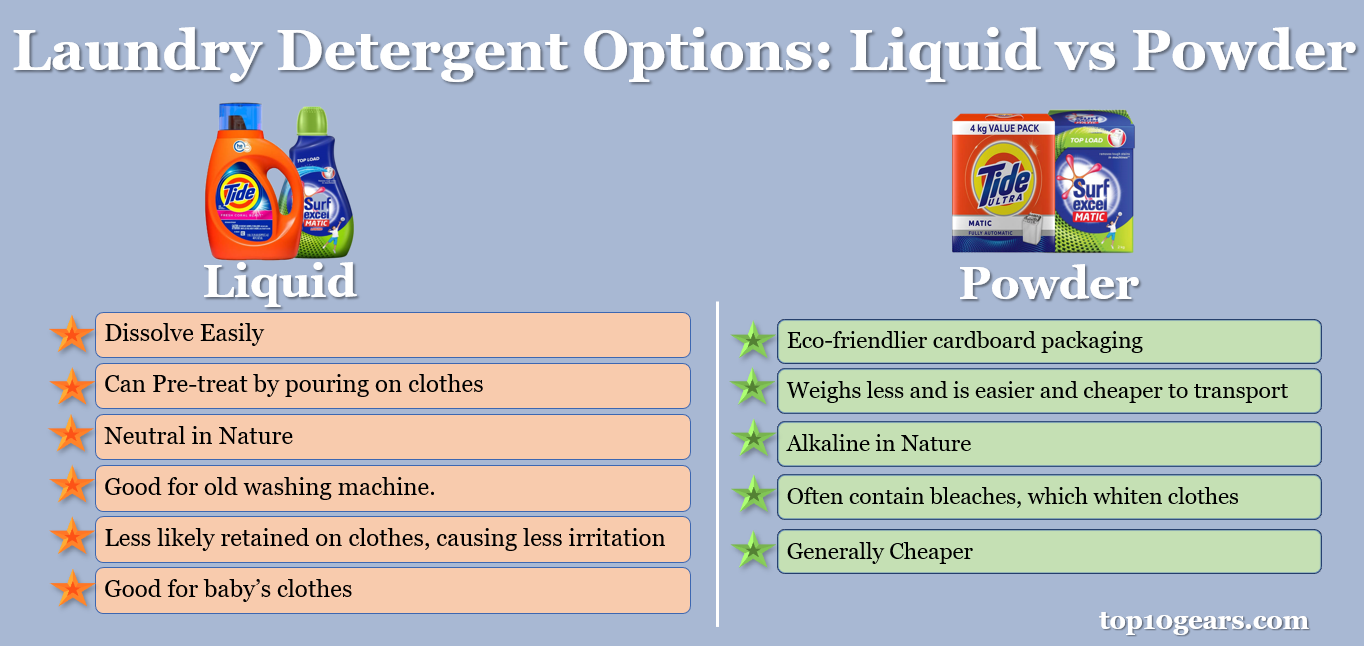
Pods or Liquid Sachets
Pods come as an already measured product so, it is convenient and non-messy as you never have to worry about whether you have put the right amount of detergent or not. Another advantage of using pods is there is no wastage while using it. On the contrary liquid detergents can lead to a lot of wastage even by experts.
These are non-toxic, chemical-free, and can instantly dissolve at any temperature. These pods are good for sensitive skin and also hypoallergenic. Some pods come with a chamber design separated by a film that is durable when dry and dissolves quickly in water.
The disadvantages of pods are that they are far more expensive than liquid detergents. It can be double the price of liquid detergents. Pods are also dangerous for children or some vulnerable adults who may mistake them for candy.
The design of a single pack of pods is suitable for little to no soil and grease and the average size of the load. Pods are ideal for people living alone.
Some of the PODs detergents that you can get from Amazon are No products found., No products found., No products found., and No products found..
Tablets Detergents or Zero Waste Laundry Detergent
Detergent tablets are a reliable substitute for other forms of detergents. These compact tablets come in suitable sizes ideal for your laundry needs.
When using powder detergents, you may overload your washing machine, which in turn may harm it.
Also, excess detergents can cause suds that can damage the internal components of the machine, but the tablets dissolve and prevent damage.
The calculated formula of detergent tablets makes them eco-friendly as no soap is left to enter the water supply. It is basically a zero-waste laundry detergent.
Using tablets saves more money in the long run as they are premeasured and eliminate the overuse of detergent.
Detergent Tablets also prevent any spills that are associated with liquid and powder detergent. Tablet detergents are hassle-free and very easy to use.
However, the downside of tablet detergent is that it may not dissolve completely at low temperatures. It is also not as good as liquid or powder detergent for stain removal.
Types of Detergents based on Usage
Based on the usage there are four types of detergents. They are Hand Wash or Semi-Automatic Detergent, Regular Top Load Detergent, High-Efficiency Top Load Detergent, and Front Load Detergent. Let us dig deeper into these types of detergents.
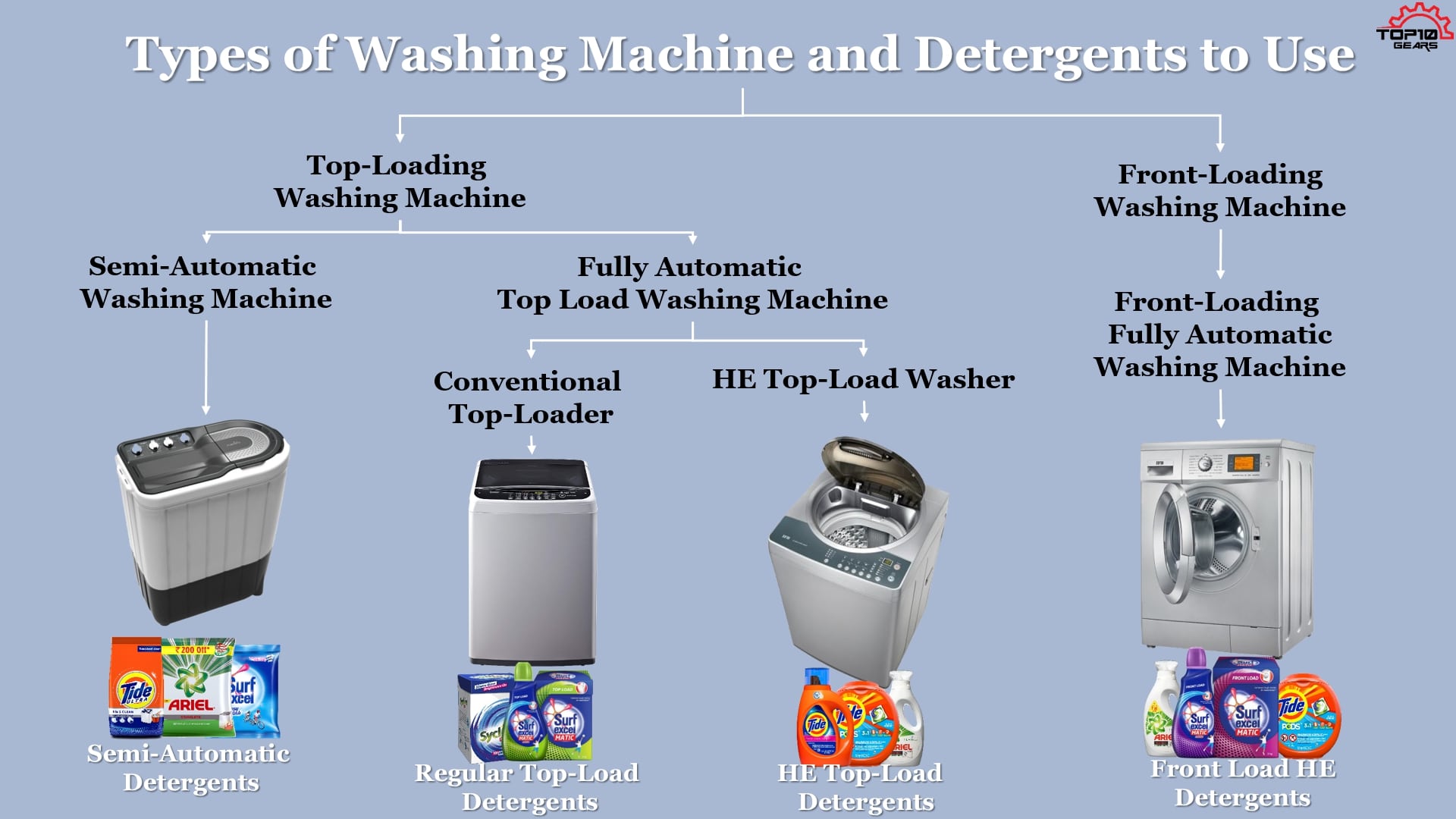
Hand Wash or Semi-Automatic Detergents
These are the detergents used for washing clothes either by hand or in Semi-automatic washing machines. Apart from adding water manually in semi-automatic washing machines it also requires more suds to wash clothes.
Thus for this type of washing machine, the detergent needs to be strong enough to remove stubborn stains from your clothes without much agitation. The only pro of hand wash detergents is their price, which is cheaper than other top load or HE detergents.
Sometimes we also prefer to wash our delicate clothes by hand to preserve the color and to save the fabric from damage. In that case, we have to use mild hand wash detergent or some liquid detergent like No products found..
Some of the major Hand Wash or Semi-Automatic detergents that you can get from Amazon are No products found., No products found., No products found., and No products found..
Regular Top-Load Detergents
These detergents are used to wash clothes in regular top-load washing machines. These detergents produce more suds and also require more water and washing cycles compared to front-load detergents.
In top-load washing machines, the agitator in the drum requires more water and longer washing cycles. This top-load washing machine requires a large amount of detergent that produces more suds which gets easily washed away by excess water and wash cycles.
As per your top load machines, there is a huge range of detergents available in the market. Regular top-load detergents can also be used for washing your clothes by hand or bucket washing but they cannot be used in front-load washing machines.
Some of the Regular Top-Load detergents that you can get from Amazon are No products found., No products found., No products found., and No products found..
High-Efficiency Top Load Detergents
HE (High Efficiency) detergents, as the name suggests are much more efficient than normal semi-automatic or top-load detergents.
This is because they need a much less amount of water and wash cycles to clean your clothes. Hence they end up saving more energy and water.
Earlier there were no high-efficiency detergents for general top-load washers but with time and new technologies, our top-load washing machines have also evolved into many advanced ones.
But when we are using a high-efficiency detergent in a normal top-load washing machine we have to keep in mind the amount to add.
It generally requires 1/4 cup of HE detergent for a normal load of laundry. It may produce less suds but it will clean your clothes at the same time.
Some of the HE Top-Load detergents that you can get from Amazon are No products found., No products found., and No products found..
Front-Load Detergents
Front-load detergents are actually HE detergents particularly designed for front-load washing machines that use much less water and washing cycles. Thus we need less amount of detergent to clean our clothes.
More amount of detergent can produce more suds which may hamper the tumble cleaning system in front load washers. Excess amounts of suds may accumulate and promote bacterial growth.
Table could not be displayed.For a normal-size load, two tablespoons of HE detergent will suffice. But different detergents have a different amounts of concentration. So it is advisable to read the manual and instructions for usage.
You can definitely use HE front-load detergents in top load washing machines but you have to be aware of the quantity to add to it.
Some other Types of Detergents
There are other types of detergents too that are either based on the presence of some specific compound or for their specific usage. Let us discuss some of them too
Phosphate-Free Detergent
Detergents coming under this category are phosphate-free and environment-friendly. These phosphate-free environment-friendly detergents prevent the eutrophication of water bodies.
Presently phosphate is banned in many countries for laundry industry usage and its use is also phasing out.
Phosphates help soften hard water and help in removing dirt. Its usage increased in the laundry industry after World War II.
But due to its environmental constraints and many campaigns against the use of phosphates in household detergents across the world, the major brands of detergent have gone phosphate-free.
Phosphate-free detergents use any of the four available alternatives. They are soap, NTA (nitrilotriacetic acid), Citrex-S5, and zeolites.
Some of the major Phosphate-free laundry detergents are No products found. , No products found. , etc.
Enzyme Detergent or Biological Detergent
Washing powders of this class are effective in getting rid of protein stains and other strong stains. If you need to remove tough laundry stains such as bloodstains, food, or grass stains, you can use these enzyme-based detergents.
It comes with added enzymes that use naturally occurring proteins to break down stains and odor-causing bacteria on the laundry and because of this, this detergent is also known as biological detergent.
These detergents are better at removing stains than chemical stain removers.
These enzyme laundry detergents are available in powder, liquid, and pod forms. You can choose these based on your preferences.
Just look for the word “bio” on the packaging or somewhere in their name that indicates that the detergent contains enzymes in it.
However, the downside of this detergent is that it is not suitable for use on delicate materials made up of natural fibers like silk or wool. Moreover, it also tends to fade colored clothes.
Here are some of the top-selling Enzyme based laundry Detergents you can find on Amazon.in
-
No products found.
-
No products found.
-
No products found.
-
No products found.
Some of the top-selling Enzyme based laundry Detergents you can find on Amazon.com
-
No products found.
-
No products found.
Pre-Soak Detergent
Pre-Soak detergents work like the primer used before the application of paint. For removing hard stains like coffee, tea, oil, grease, grass, dirt, and blood, such a detergent is used to soak fabrics for some time before washing.
These detergents help the stains to come to lose and be more efficiently removed during washing. It makes a huge difference in getting the clothes clean. It works on a variety of colorfast fabrics and textiles such as uniforms, tablecloths, sports jerseys, baby clothes, and more.
You simply need to fill your bucket or tub or washing machine with lukewarm water and then add your pre-soak detergent and soiled laundry. Let it soak for a minimum of 15 to 60 minutes and overnight for the best result. Finally, use a regular wash cycle.
Some of the pre-Soak laundry detergents are No products found. , No products found..
Soft Washing Detergent or Detergent for Delicates
These types of detergents don’t contain harsh chemicals like enzymes, bleaching agents, or brighteners. They are a lot gentler than other detergents and are best suited for use on delicate fabrics or clothes made up of natural fibers like wool or silk.
It is suitable for woolen clothes, which require maximum care while handling. It not only cleans but also keeps the properties of your fabric intact. One example of this type of soft detergent that you can get from Amazon is No products found..
The Homemade or Do-It-Yourself (DIY) Detergents
Do-It-Yourself detergents are homemade affordable detergents. You can customize these detergents as per your need by selecting the ingredients like the fragrance of your choice, skin suitability, and comfort. You can also avoid harmful toxins and chemicals.
The downside of this Do-It-Yourself detergent is that these are less effective and require lots of time to prepare. These detergents are less efficient than other conventional detergents.
Final Verdict
These are the various types of detergent that are commonly used in our household. However, before selecting one, it is recommended to consider the type of machine you are using and the type of laundry you need to clean.
You need to choose the correct detergent for the type of washer you are using, as there are tons of differences between top-load and front-load detergent or Washing Powder.
I hope this article helped clear your doubts regarding different types of laundry detergent. However, if you need any other help or have suggestions for us, let us know in the comment section below and we will get back to you with the best possible information and details.
Your advice, comments, or suggestions would be greatly appreciated and welcomed.

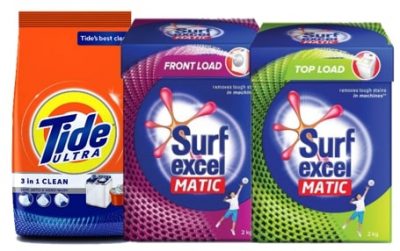
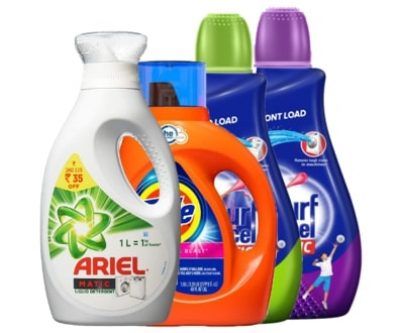
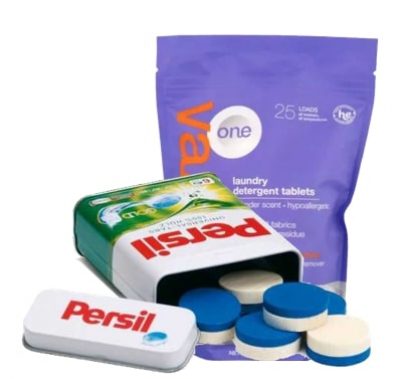
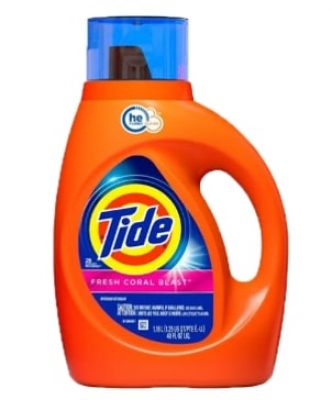
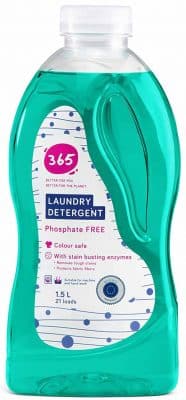
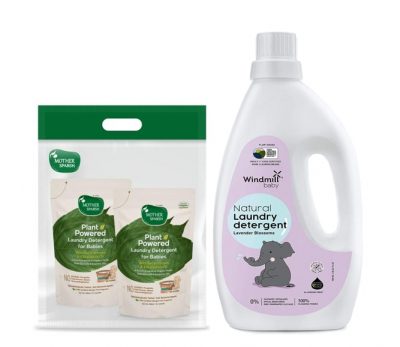
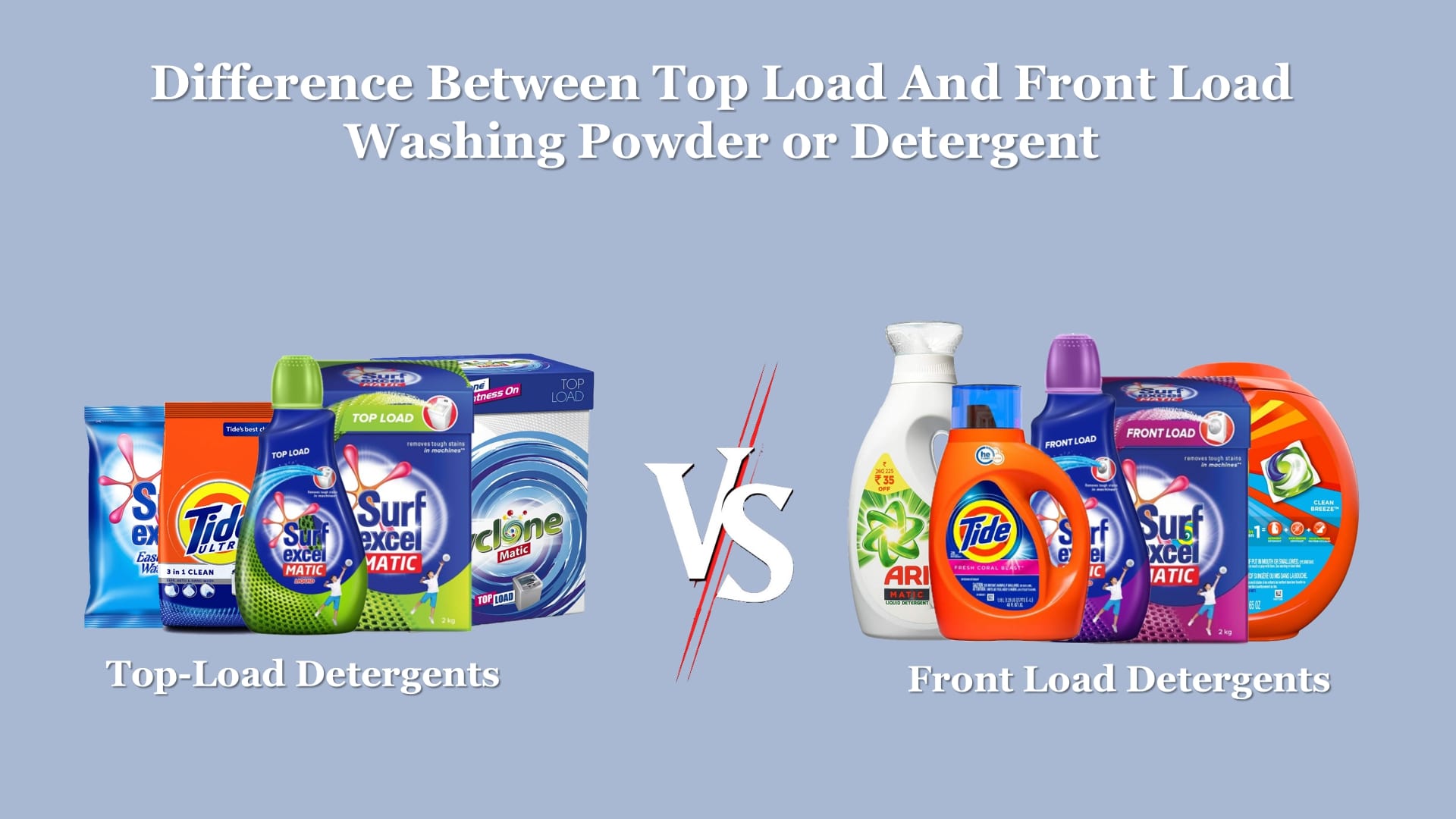
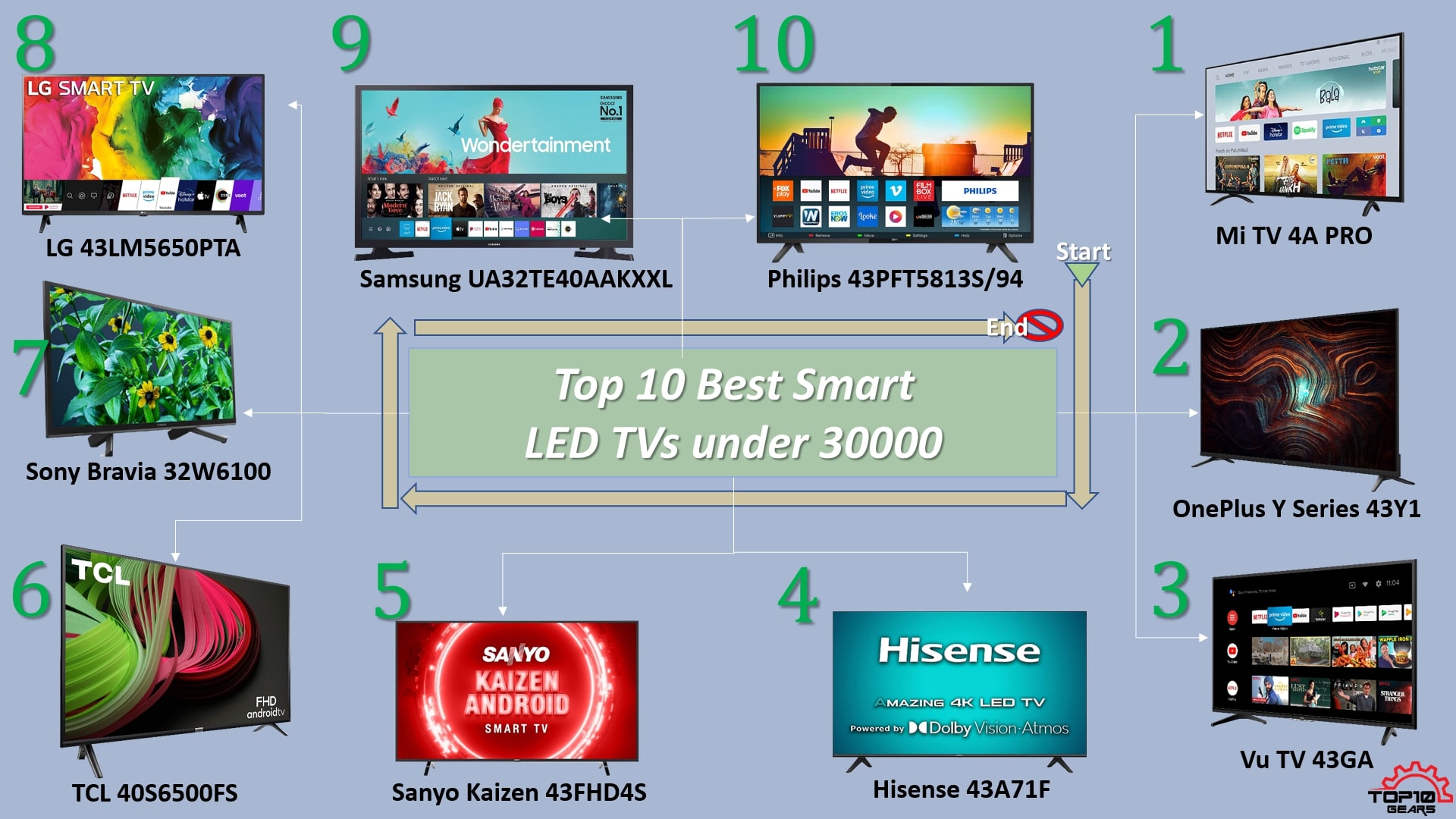
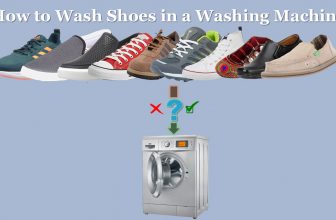
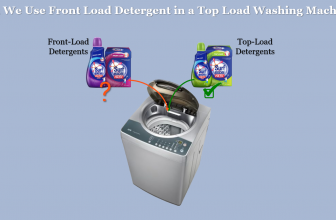
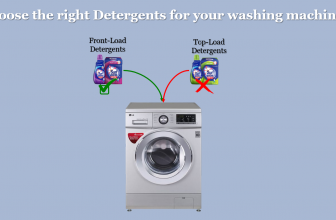


[…] are tons of different types of laundry detergents available in the market. So the specific type should be used accordingly otherwise either it will […]
[…] If you want to learn more about this, you can check our article on different types of laundry detergents. […]